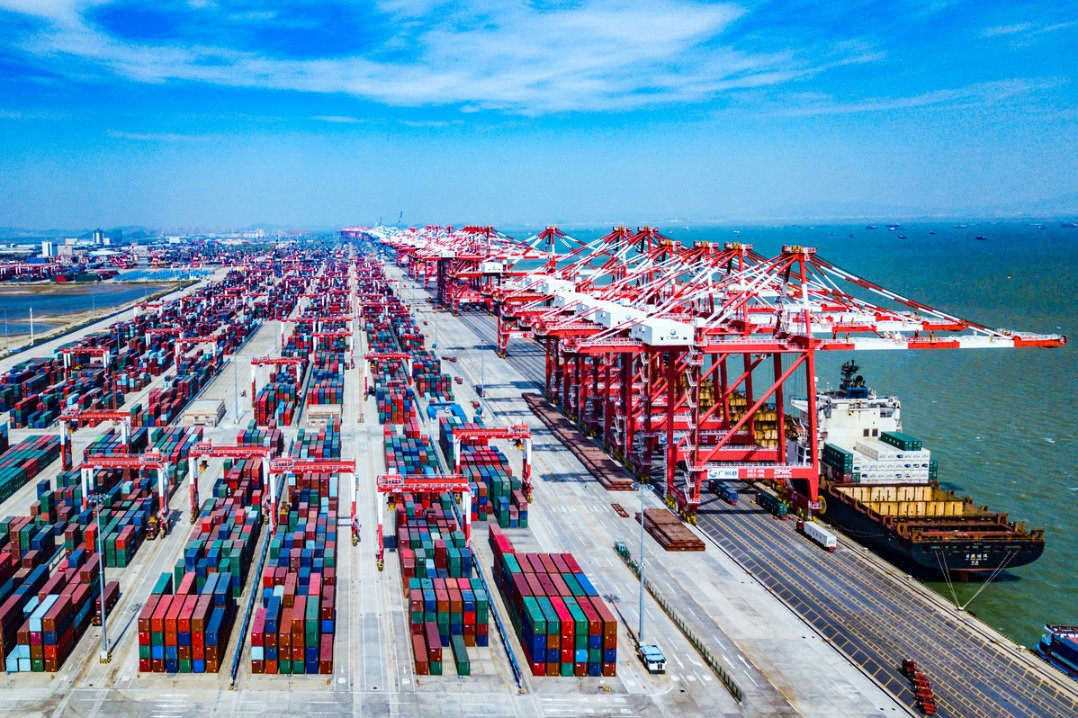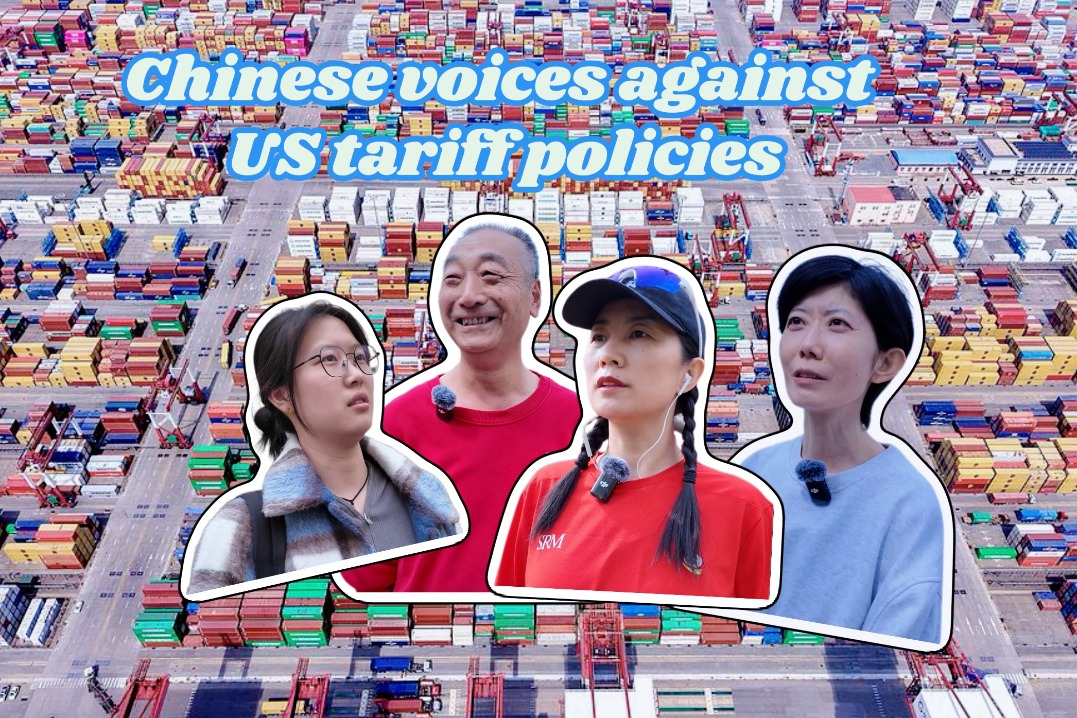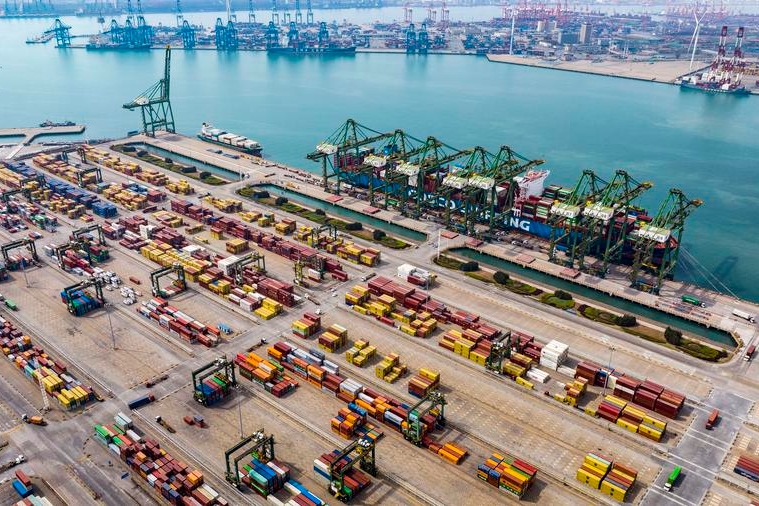A new triangular relationship


A trilateral dialogue and cooperation mechanism should be established between China, the US and the LAC to deal with the factors threatening the balance of the new ties
For Latin America and the Caribbean, the United States is a strong northern neighbor with similar political and cultural traditions and profound historical influence, while China is a new partner thanks to its increasing economic presence and political influence in recent years. As China's national power and international influence rise, the US is trying to contain and suppress it as a strategic competitor. The fierce competition between China and the US has led to the formation of a new triangular relationship between China, the US and the LAC, which is different from the historical trilateral relationship.
The concept of the new triangular relationship between China, the US and the LAC was first proposed by LAC scholars. That is to say, LAC countries recognize both the long historical, political and economic ties with the US and the growing socioeconomic presence of China in the region. China's growing influence in the LAC region has challenged traditional US influence, significantly altering the geopolitical and economic balance there. From this perspective, the LAC countries are at a crossroads and in the middle of the US-China competition. In addition, Sino-US relations play a key role in this new triangle, whose nature and status largely determines the development of the trilateral relationship.
The first new feature of the new triangular relationship is that the growth of bilateral economic and trade relations between China and the LAC region is significantly higher than that between the US and Latin America. From 2000 to 2020, US-LAC trade grew from $350 to $500 billion, still substantially greater than China's 2020 figure of $350 billion, but its rate of growth — increasing by nearly 50 percent — was dwarfed by China's 2,600 percent increase.
Second, China's presence in Latin America has attracted unprecedented attention from the US.Compared with historical responses to the presence of the United Kingdom and the Soviet Union in the region, the US is displaying unprecedented strategic concerns and anxiety toward China's growing influence in the context of Sino-US competition.
Third, when dealing with major power relations, the LAC countries are more independent, autonomous and integrated than at any other time in history. With the rise of the "pink wave" in this century, left-wing governments in Latin America have achieved fruitful results in the process of regional integration. The emergence of larger integrated organizations with clearer political agendas and more well-organized structures, such as the Southern Common Market, the Bolivarian Alliance for the Americas, and the Community of Latin American and Caribbean States, signifies that the LAC countries are more powerful and have a unified voice in responding to the new triangular relationship.
However, the LAC countries have certain concerns about the new triangular relationship. At the economic level, they believe that in the short term, they can take advantage of the Sino-US competition for their own interests, but their long-term economic interests will be damaged due to the tensions in international relations caused by the competition. In terms of security, the LAC countries are concerned that Sino-US competition may trigger regional conflicts. In recent years, behind subregional conflicts such as the border crisis between Venezuela and Colombia and the territorial sovereignty dispute between Venezuela and Guyana, the shadow of great power games can be seen. In terms of foreign relations, the LAC countries might find themselves under strong pressure to choose sides between China or the US in the future.
By adopting the strategy of active nonalignment, promoting the process of regional integration, and seeking to strengthen cooperation with countries outside the triangle, the LAC countries are responding to the potential negative impacts of the Sino-US strategic competition.
For example, the concept of active nonalignment has become quite popular in debates about Latin America's positioning in international politics and the Ukraine crisis. Latin American governments should not accept a priori position of any of the Great Powers. Instead, they must act in defense of their own national interest, without giving in to pressures from major powers. However, under the coercion and seduction of the US, the LAC countries' strategic choice has become complex and uncertain.
Due to a long history of US intervention in the region, most LAC countries still have unsteady expectations and insufficient confidence in the US. At the same time, Sino-Latin American relations have made new progress through cooperation in various fields. With the rapid intensification of the trade relationship, China has become LAC's second-largest trading partner. In addition, from the establishment of the China-CELAC Forum in 2015 to the proposal and practice of a series of developmental initiatives between China and Latin America, China has been helping the LAC countries improve their development capacity.
In the context of Sino-US competition, on the one hand China should help the LAC countries in maintaining their dominant position in regional cooperation mechanisms, and work with them to uphold and practice multilateralism, deepen global governance reform, and promote the construction of a community with a shared future for mankind. On the other hand, China should establish and improve communication mechanisms with the LAC countries to better understand each other's development needs. In addition, the most ideal situation for the three players of the new triangle is to maintain a basically stable, cooperative and relatively balanced relationship. Therefore, on the basis of respecting the national interests of all parties, a trilateral dialogue and cooperation mechanism between China, the US and the LAC should be established to properly deal with the factors threatening the balance of the new triangular relationship.
The author is a researcher at the Latin American Research Center at Sun Yat-sen University. The author contributed this article to China Watch, a think tank powered by China Daily.
The views do not necessarily reflect those of China Daily.
Contact the editor at editor@chinawatch.cn.

































